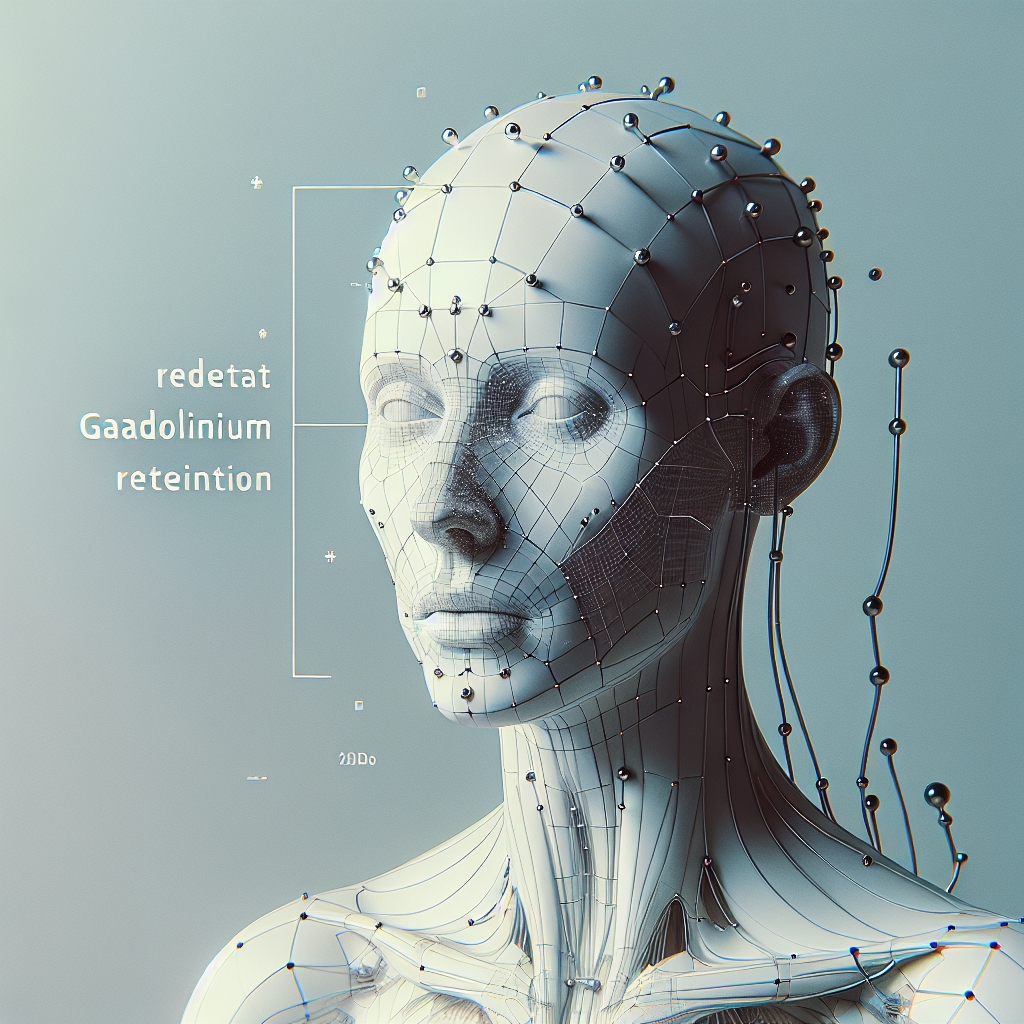Gadolinium retention has become a topic of significant interest and concern within the medical and scientific communities, particularly in relation to its use in magnetic resonance imaging (MRI) contrast agents. Gadolinium is a rare earth metal that, when used in contrast agents, enhances the quality of MRI scans by improving the visibility of internal structures. However, recent studies have raised concerns about the potential health risks associated with the retention of gadolinium in the body. This article delves into the nature of gadolinium retention, its implications for health, and the ongoing research aimed at mitigating its risks.
Understanding Gadolinium and Its Use in MRI
Gadolinium-based contrast agents (GBCAs) are intravenous drugs used in MRI scans to help improve the clarity and detail of the images produced. Gadolinium has magnetic properties that make it ideal for this purpose, as it interacts with the magnetic field of the MRI machine, enhancing the contrast between different tissues. This is particularly useful in visualizing blood vessels, identifying tumors, and assessing the integrity of the brain’s protective barrier.
There are several types of GBCAs, which can be broadly categorized into linear and macrocyclic agents. Linear GBCAs have a structure that leaves the gadolinium ion more exposed and, therefore, potentially more likely to be released into the body. Macrocyclic agents, on the other hand, have a cage-like structure that more securely encases the gadolinium ion, making them generally considered to be safer in terms of gadolinium retention.
Despite their widespread use and the significant benefits they provide in diagnostic imaging, concerns have been raised about the safety of GBCAs, particularly regarding the long-term effects of gadolinium retention in the body.
The Health Implications of Gadolinium Retention
Gadolinium retention refers to the phenomenon where gadolinium ions from contrast agents remain in the body, particularly in the brain, bones, and skin, for months or even years after the MRI scan. While the majority of the gadolinium is usually excreted through the kidneys shortly after the scan, studies have shown that trace amounts can remain. This has raised concerns about potential health risks, especially for patients who undergo multiple MRI scans with contrast.
The most well-documented condition associated with gadolinium retention is nephrogenic systemic fibrosis (NSF), a rare but serious disease that affects the skin, joints, and internal organs. NSF has been observed almost exclusively in patients with severe kidney impairment, who are unable to efficiently excrete gadolinium from their body. However, the FDA has also acknowledged reports of gadolinium deposition in the brains of patients with normal kidney function, leading to heightened scrutiny of GBCAs.
Research into the health effects of gadolinium retention is ongoing, but some studies have suggested potential links to symptoms such as pain, cognitive impairment, and skin thickening. However, establishing a direct causal relationship between gadolinium retention and these symptoms has been challenging, and more research is needed to fully understand the risks.
Addressing Gadolinium Retention: Research and Recommendations
In response to concerns about gadolinium retention, the medical community has taken several steps to mitigate potential risks. These include developing new GBCAs with structures less prone to releasing gadolinium, improving screening procedures to identify patients at higher risk of retention (such as those with kidney impairment), and exploring alternative imaging techniques that do not require contrast agents.
Research is also focused on better understanding the mechanisms of gadolinium retention and its long-term effects on the body. This includes studies aimed at identifying factors that may influence an individual’s risk of retention, as well as efforts to develop treatments for conditions associated with gadolinium exposure.
For patients, the benefits of MRI scans with contrast often outweigh the risks, particularly for critical diagnostic purposes. However, it is important for patients to discuss the use of GBCAs with their healthcare providers, considering factors such as the necessity of the contrast agent for the diagnosis, potential alternatives, and individual risk factors for gadolinium retention.
In conclusion, while gadolinium retention poses potential health risks, ongoing research and careful clinical practices are aimed at minimizing these risks. By advancing our understanding of gadolinium retention and developing safer contrast agents, the medical community continues to work towards ensuring the safety and efficacy of MRI scans for all patients.

